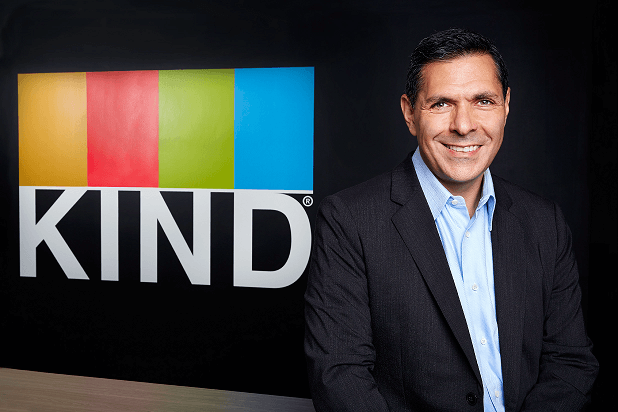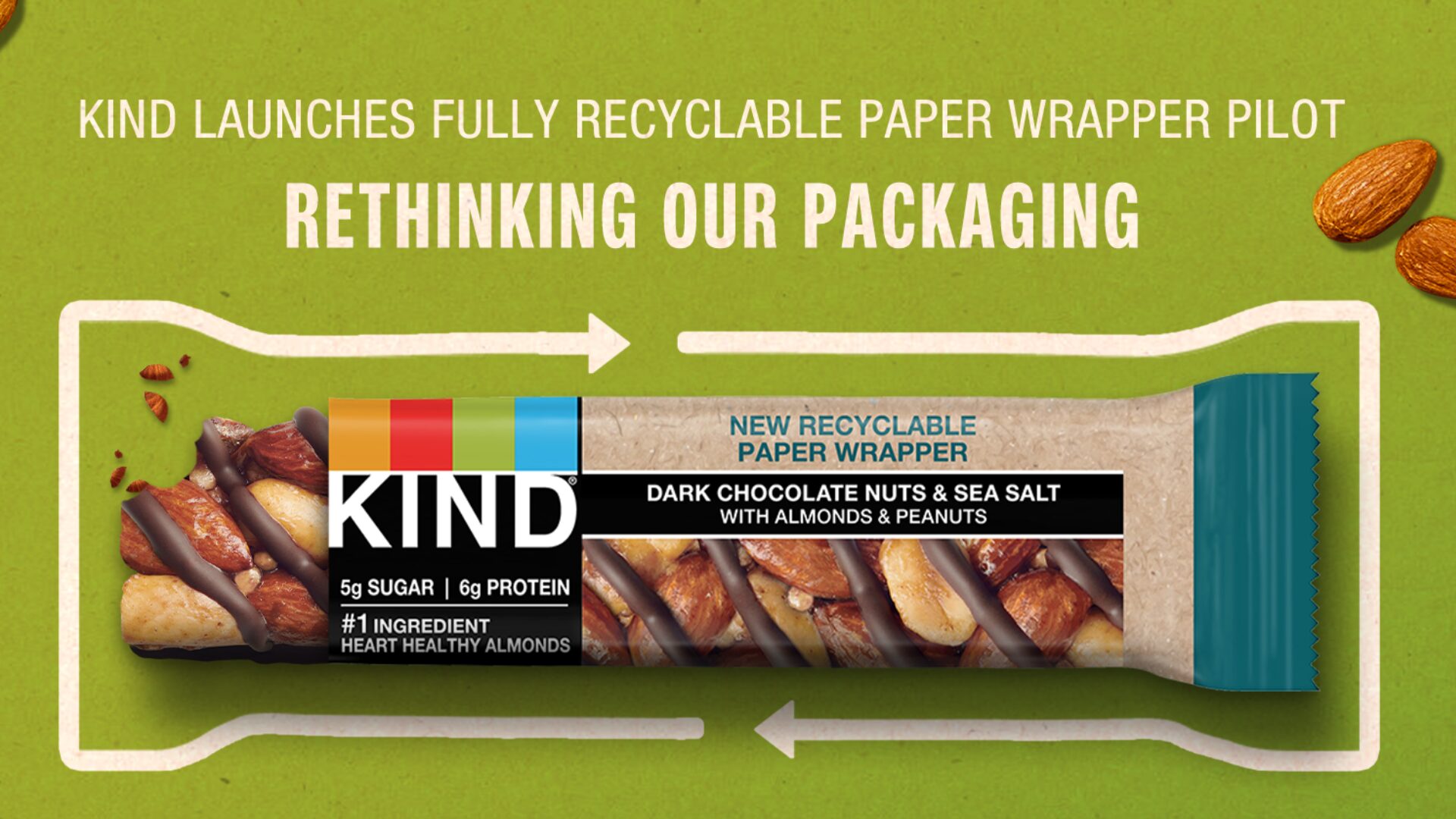Mars’ acquisition of the KIND brand is more than the latest or the largest strategic acquisition by a large food company. In this acquisition, the real “news” is the lessons its 16-year development contains for today’s food entrepreneurs and for strategics who want the next $1 billion brand to join their portfolio.
Dan Lubetzky shepherded the business deftly to over $1 billion in sales, using best practices that helped him avoid a premature private equity take-over and a hasty exit to a strategic. This independence allowed the brand’s operating culture to do what it does exceptionally well without interference from stakeholders whose financial goals are not long-term enough.
While some still look to Piper Jaffray’s high multiple sale of RX bar to Kellogg’s as the ‘example’ of a grand exit, KIND bar just ended up making far, far more money for everyone involved. How? By waiting and letting a robust operating culture get the business to $1 billion on its own.
Why does this matter for entrepreneurs trying to build the next KIND? It provides another option for the patient, professional leader/entrepreneur. It also represents another option for strategic acquirers to learn to isolate Skate Ramp brands early enough to place very long-term minority stake bets.
The track record of strategic multinational food companies growing acquired premium brands from $100 million to $1 billion in annual sales is very poor. While it’s easy to cherry-pick brands like Annie’s from the set of ‘acquired premium food brands’ and see progress post-acquisition, too many of these acquisitions have led to slow-growth, stagnating, or even declining businesses.
Why? Because large food multinationals simply do not, and perhaps cannot, afford to prioritize budgetary allocations to sub-$500 million brands in their portfolio. The majority of small food brands acquired by food strategics in the past twenty years have decelerated quickly and have NOT approached anywhere near $1 billion in sales to date, even those operating in market spaces large enough to accommodate such a player.
By waiting for a premium, growth brand to get to $1 billion before acquiring it, large food multinationals can learn some critical lessons:
- Ten-figure scale allows the formerly ‘premium’ brand to offer Walmart-ready unit pricing that facilitates further velocity growth and down-market channel sales
- The brand is now spinning off enough cash to fund its own large-scale out-of-store consumer marketing activities
- The brand’s contribution margin is now enough to impact the total company’s quarterly performance materially, thus earning it the right for corporate investment, if warranted, or the right to be left alone (!)
- It’s much easier to leave a $1 Billion brand completely alone politically (outside of distribution) when it is this big

Most importantly, though, by waiting to purchase an emerging brand still growing in the double digits beyond $1B, strategics almost assuredly have picked up a business tied to known best practices in early-stage brand growth. I’ve written extensively about them in my recent book. And KIND pioneered many of them. The two most essential tactics KIND deployed to build an exponentially growing premium-priced brand were: 1) relentless sampling out-of-store at events where KIND nutrition was immediately relevant and 2) using authentically networked local influencers (i.e., yoga studio owners) to create early legitimacy for a super-premium priced bar as a modern, low carb, low sugar weight management tool among educated women.
What you wind up with when you buy an emerging food brand built this way is a modern brand with strong demand-side DNA, cultural legitimacy, and real proof-of-concept. Increasingly, I believe that growing these kinds of brands from $100M to $1B requires independent control over the operating playbook by the original team that got it to $100M. This was the case for vitaminwater, and a model strategics should reconsider, whether through minority investments, corporate venture capital, or both.












